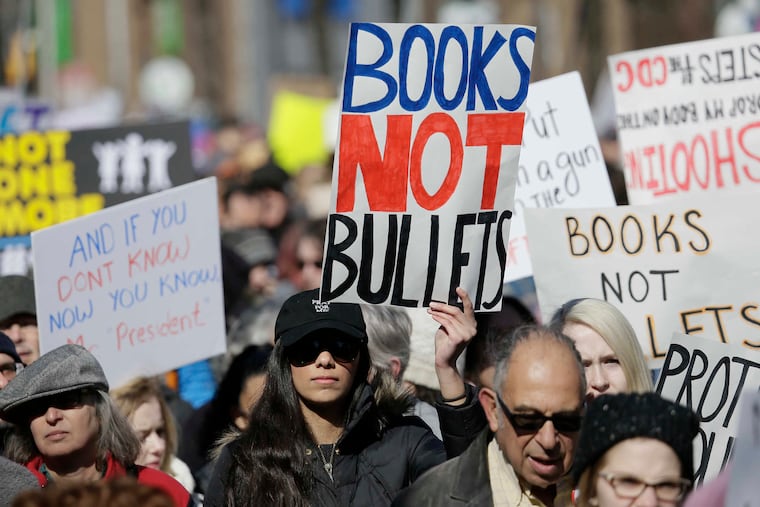Philadelphia’s black teen boys lose so many friends to gun violence. Studying how they grieve might help.
To this Penn researcher, the rituals of grieving seem as much about brotherhood and deepened bonds with those still living as they are about remembering those who have died. She hopes her findings could lead to better support systems.
